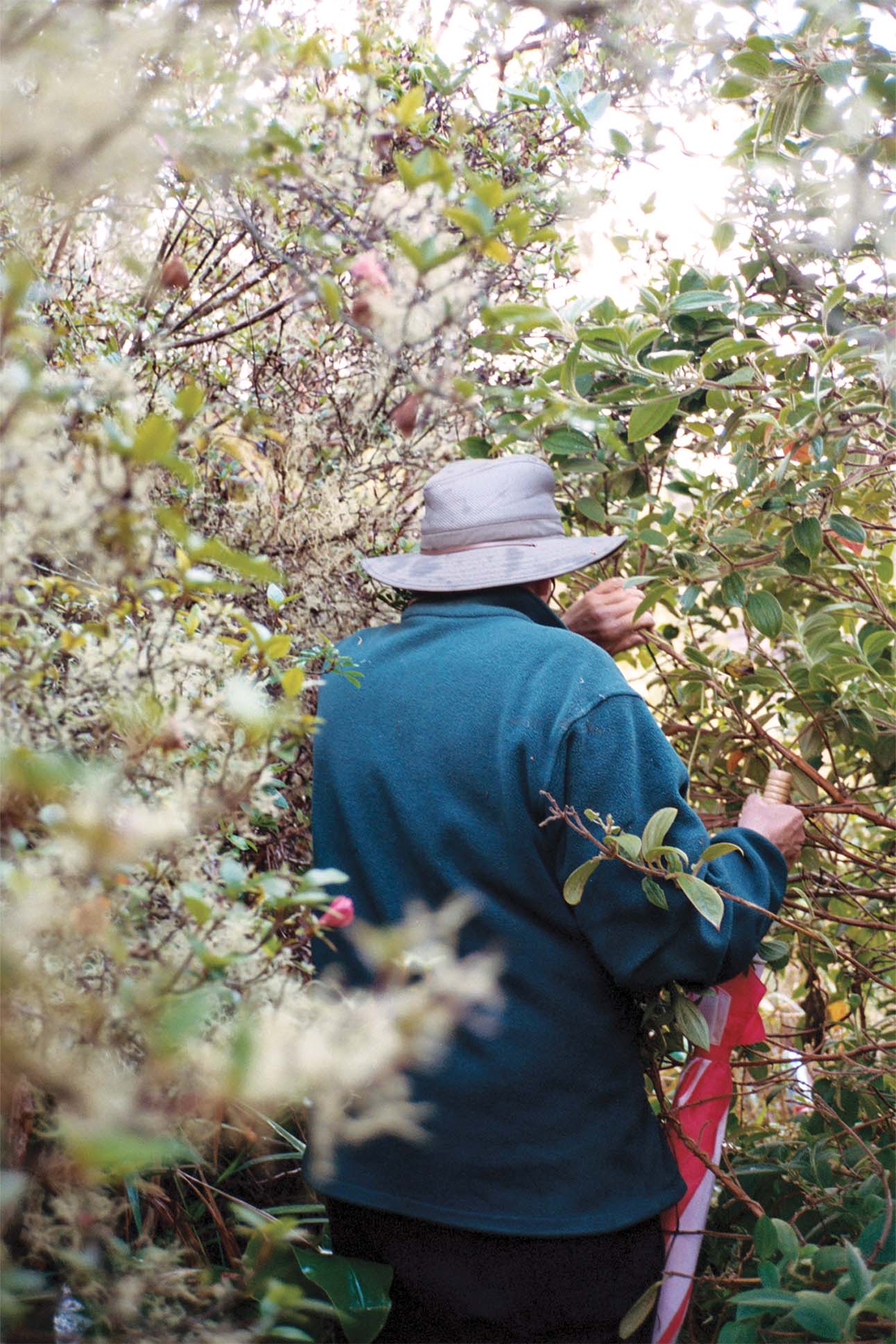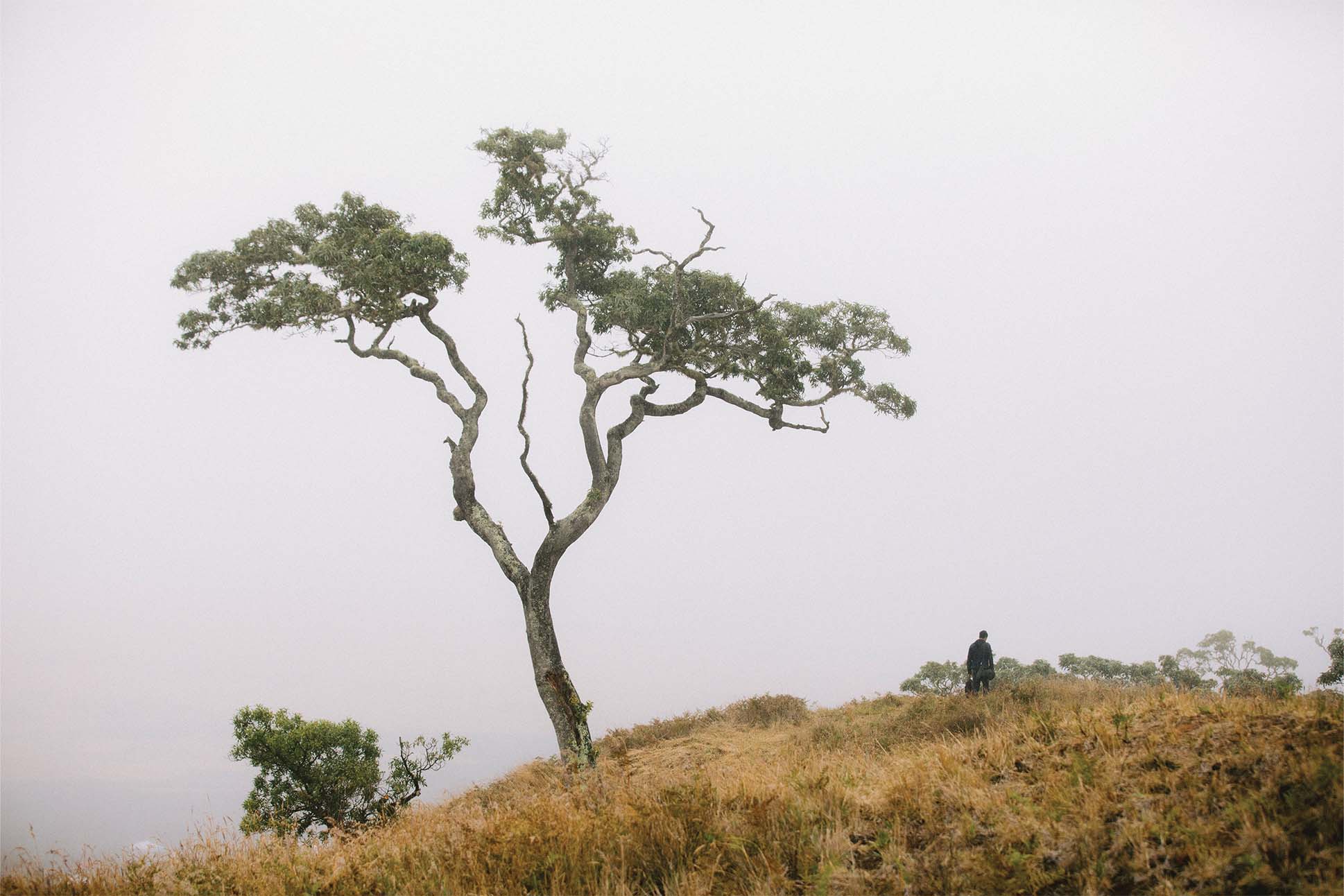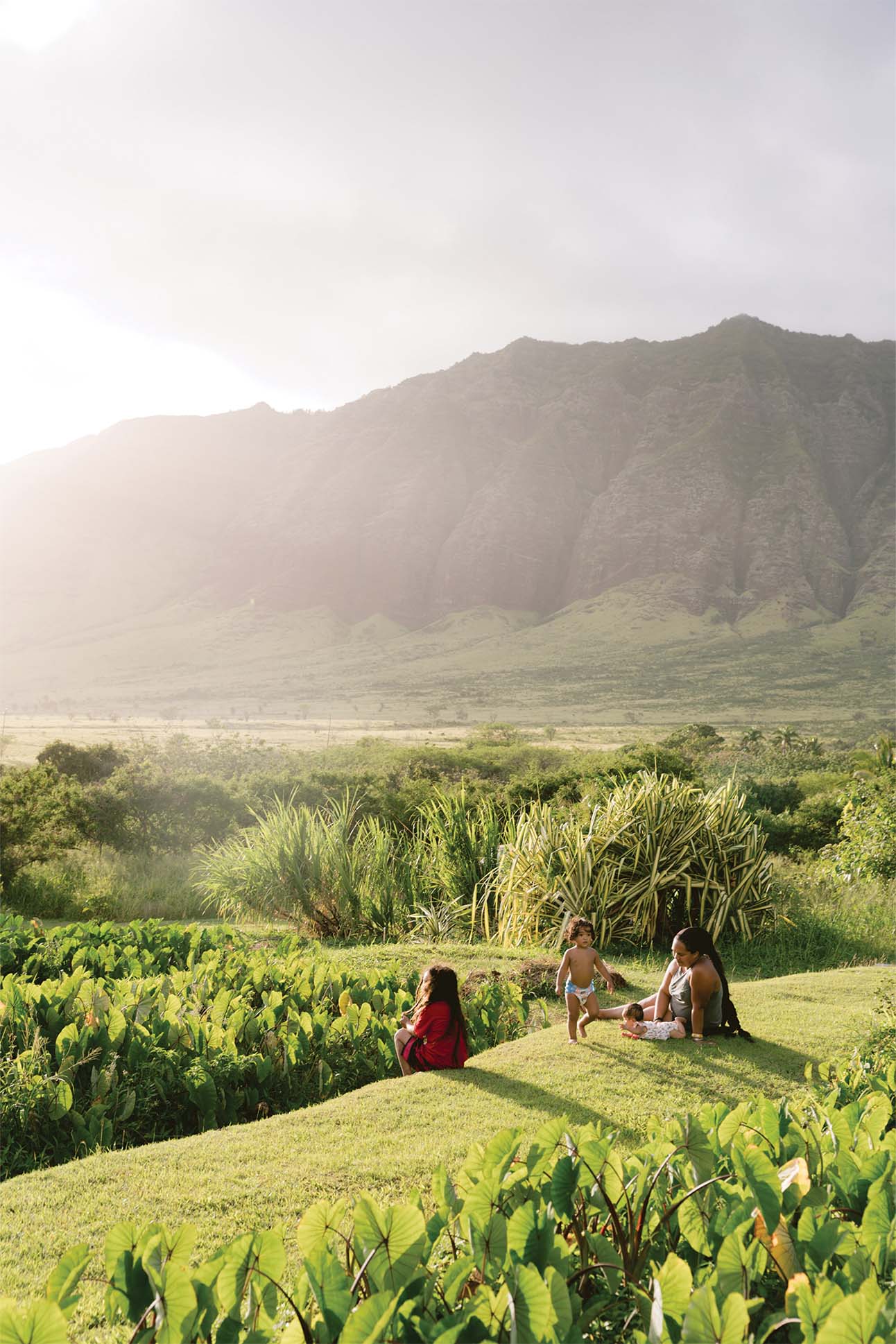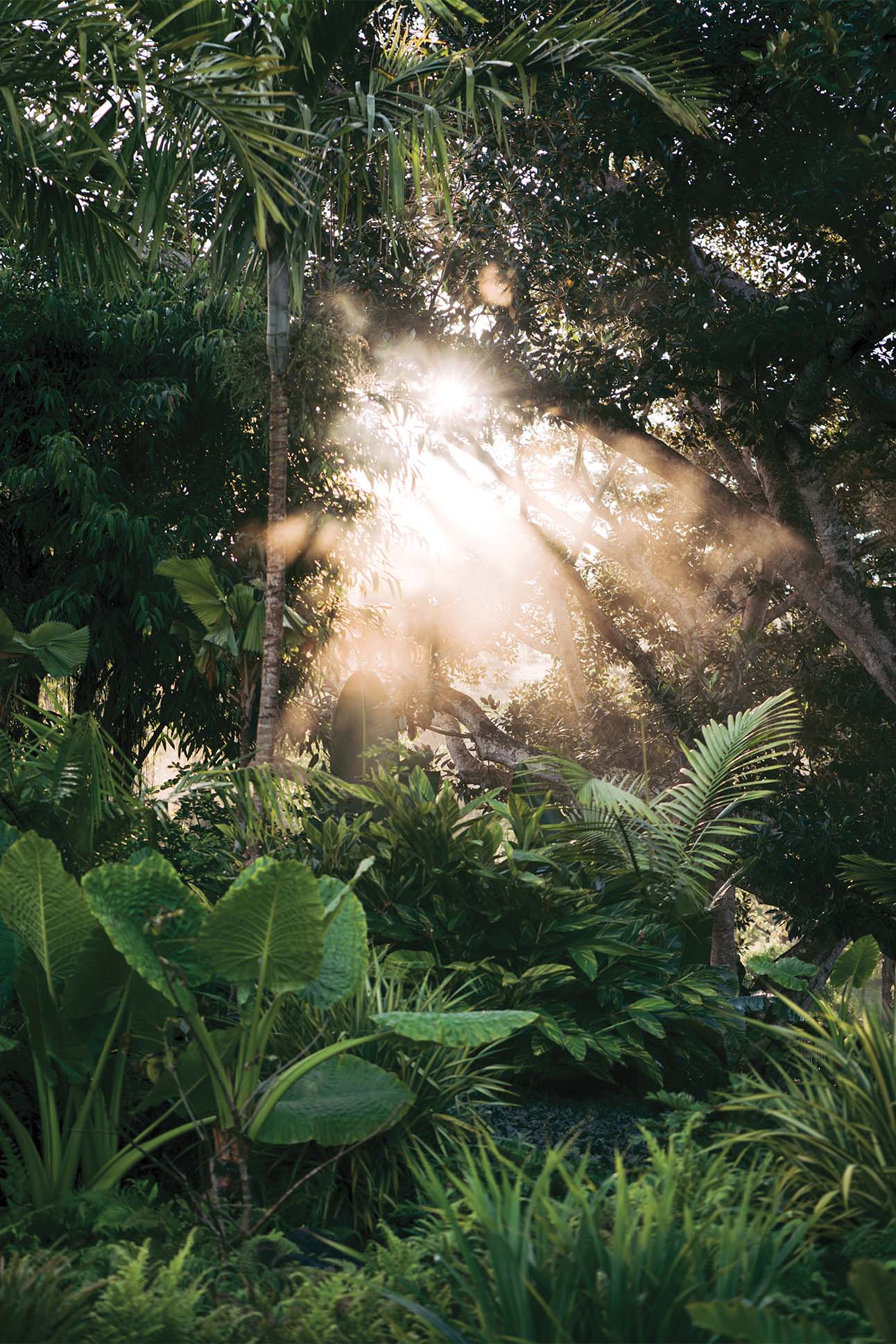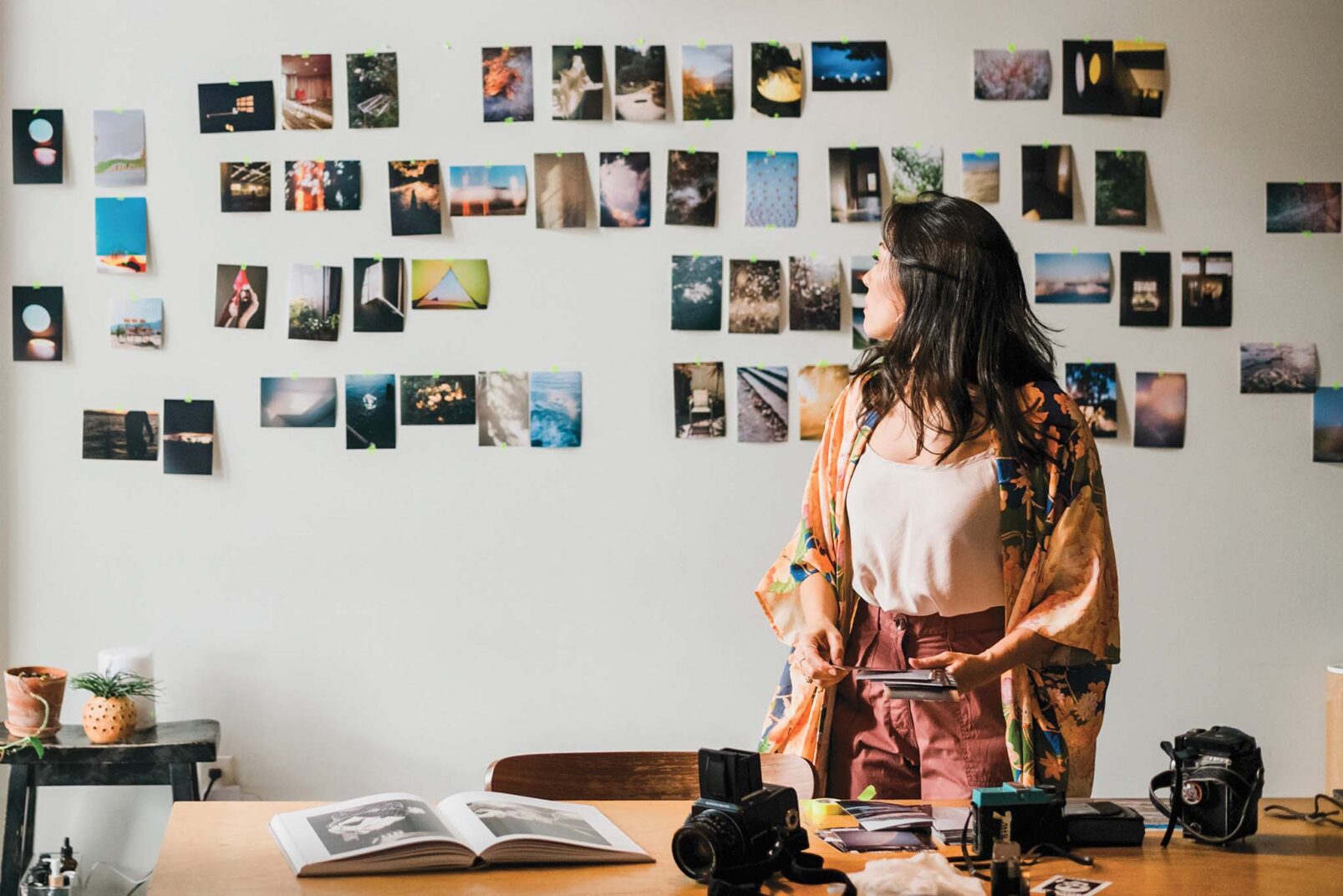As a young college student studying photography, Michelle Mishina hadn’t truly contemplated the importance of light, focusing instead on color and composition. Then one day, a professor held class in a darkened room, pitch black until he struck a match. From the glow of the tiny flame, the room slowly began to take form. Allowing their eyes to adjust, the professor spoke: “Without light, there is no photography. You need light to take a picture.”
It was a pivotal lesson for Mishina, one that continues to shape her approach two decades later. Today, light is an ineluctable draw for the O‘ahu-based photographer, serving as a guide, a beacon, a foil, a frame. “I’m always investigating light,” says Mishina, who sees beauty in its fleeting nature. “Light comes and goes so quickly and is never the same twice. Knowing this is a good way to remain present.” In chasing light, she’s able to find her shot.
On any given day, Mishina takes at least a handful of photos, even just iPhone shots of random objects or moments—the delicate curl of a flower petal, the silhouette of a friend in a passageway. Such compulsion to chronicle is born from her innate curiosity and captivation with the people and places that catch her eye. There’s a sense of duty too: “I think things deserve to be recorded,” Mishina says. “My motivation is to acknowledge and appreciate them for what they are.”
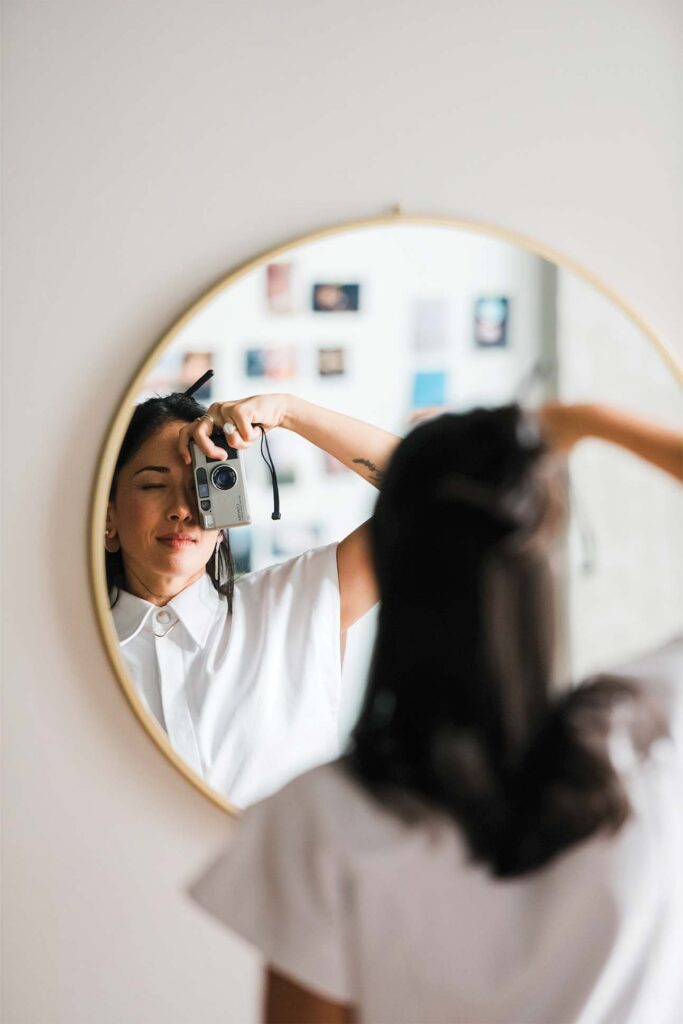

Mishina was first exposed to photography through her father, who photographed their family with the many disposable cameras he kept scattered around their home. Eventually, she began bringing one along with her on evening dog walks to a lot overlooking Kealakekua Bay, where she would photograph the sunset. “They were literally just sunset pictures with no context, nothing—just sky,” she says. But they stirred something within her, inspiring her to hone the craft over the years.
Even now as a professional photographer, Mishina experiences the same feelings of excitement at capturing the world around her. “Things are always changing, people are always changing, landscapes are always changing,” she says. “It’s really about simply being there.”
Sometimes, when framing a subject or a scene, Mishina has a keen sense that she will be getting a good shot. “In that moment you recognize that there’s a confluence of factors—light, movement, composition—and you know that there’s something really special there,” she says.
Mishina’s camera serves as a passport of sorts: “What I love about photography is the ability to go to places you wouldn’t normally get to go to or talk to people you wouldn’t normally get to talk to.” Mishina prizes this unique access, especially during portrait work, when subjects often feel the most vulnerable. “I think it’s rare for people to feel really seen or really listened to, and so I try to be present for them,” says Mishina, who makes a point of listening and asking questions to put her subjects at ease. “It’s less about the photo taken and more about forging a connection.”
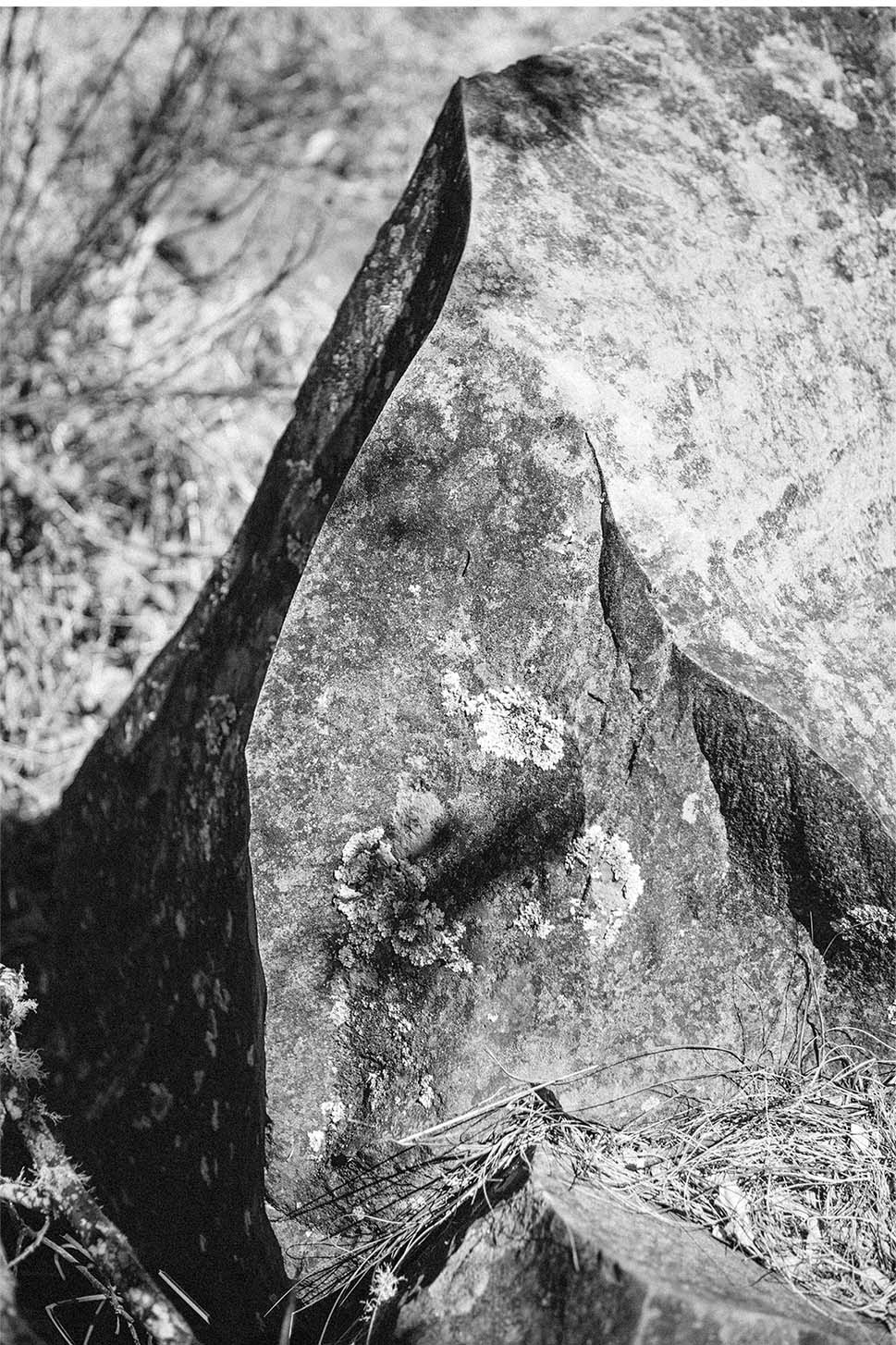
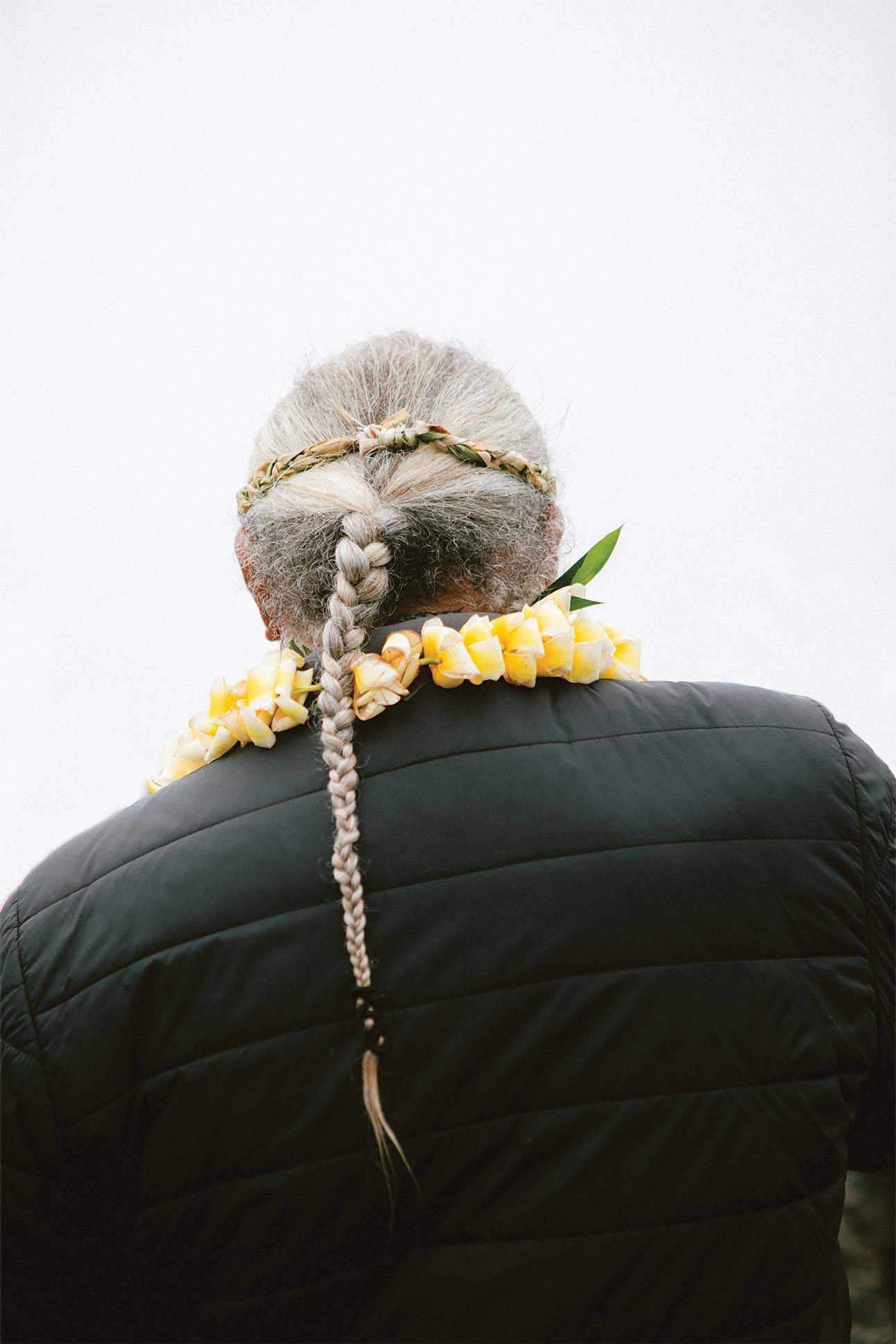
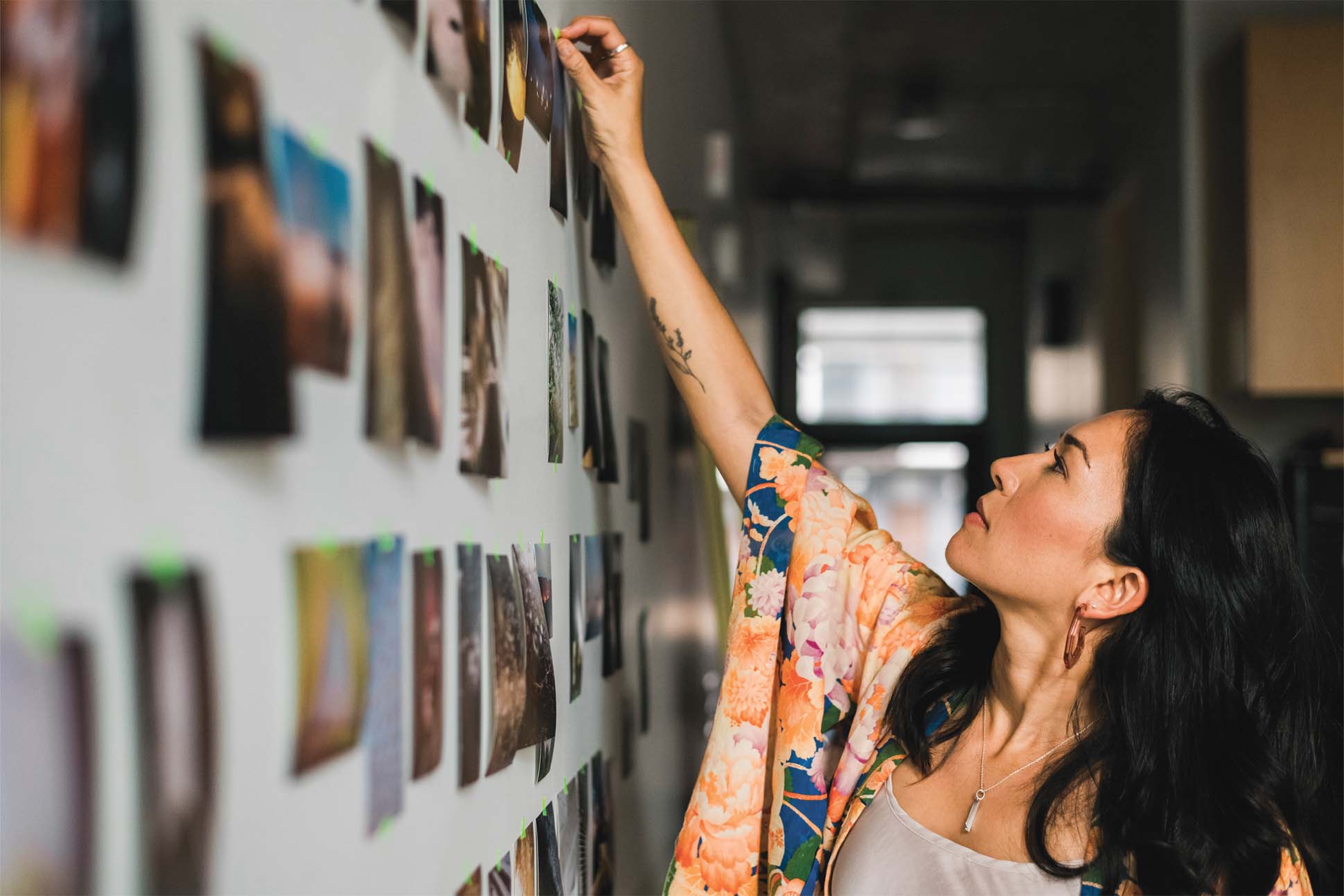
I think it’s rare for people to feel really seen or really listened to, and so I try to be present for them.
Michelle Mishina, photographer
